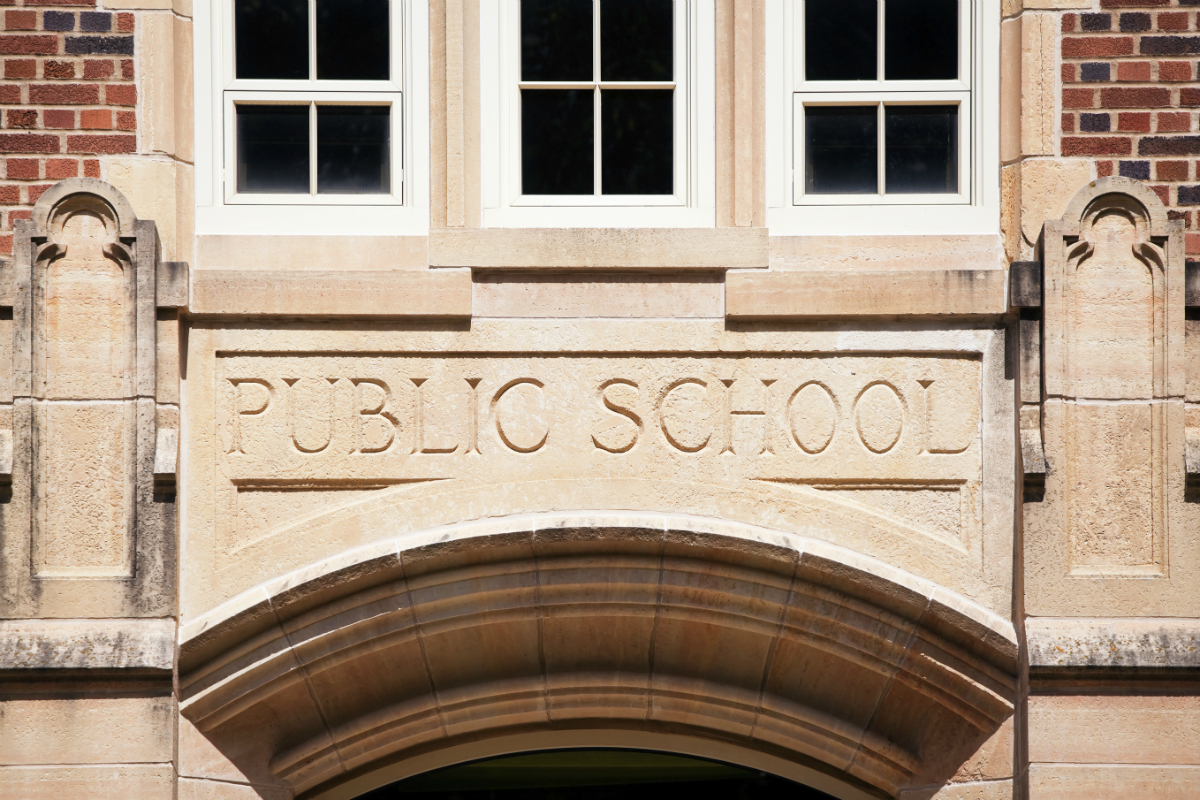The pandemic slowed growth in computer science education, but the number of high schools across the United States that offer foundational computer science courses showed a slight increase from 51 percent in 2020–21 to 53 percent in 2021–22, according to a new report.
2022 State of Computer Science Education: Understanding Our National Imperative, from the Code.org Advocacy Coalition, Computer Science Teachers Association and the Expanding Computing Education Pathways Alliance, offers data and other information that stakeholders can use at the state or local level to support computer science education efforts.
While more schools are offering these classes, there are persistent disparities when it comes to access.
Suburban and rural schools’ rate of access are 60 percent and 50 percent, respectively. Urban schools’ rate of access is 47 percent. According to the report, rural and urban schools as well as those with high percentages of students who are economically disadvantaged are less likely to have foundational computer science offerings.
The sixth annual report also found that Black, Hispanic and Native American/Alaskan students are less likely to go to schools that offer foundational computer science classes than their peers. Even when these courses are offered, Hispanic high schoolers are 1.5 times less likely than white and Asian students to take the class.
On a national level, students who identify as Black, Native American/Alaskan or Native Hawaiian/Pacific Islander are represented in foundational courses at rates close to their overall population, while English learners, students with disabilities and economically disadvantaged students are underrepresented in the classes in comparison to the size of their population.
Female students also have ground to cover. Young women’s national average participation rate in foundational computer science in high school is 32 percent compared to 68 percent for young men.
“Disparities in access to computer science remain, and momentum is not enough on its own. Many students still do not have access to this foundational subject, and even when it is offered in schools, the enrollment is not reflective of the broader student population,” the report states. “The exception is in states in which computer science is required for graduation, further highlighting the need to put policies in place that ensure equitable access. To create opportunity for all students, state policy action must continue to build on the groundswell of support from students, teachers, business leaders, and governors.”
The Golden State
In California, the decision on whether computer science credits should be a core graduation requirement is up to individual districts.
Incorporating the subject as a graduation requirement is one of nine policies that Code.org Advocacy Coalition suggests to make computer science fundamental.
California meets most of the policies suggested, including having a state plan for K-12 computer science; defining computer science and establishing rigorous K-12 standards for the subject; allocating funding for teacher professional learning in the area; implementing clear certification pathways for computer science teachers; having computer science supervisor positions at educational agencies; and allowing the subject to satisfy admissions requirements for institutions of higher education.
The state does not require high schools to offer coursework in the area or have a preservice program in computer science at institutions of higher education as recommended.
Even without a requirement, 75 percent of high schoolers in California attend a school that has foundational computer science. There is not data on course enrollment for the subject available in California, however.
Public high schools in suburban areas have the most access to foundational coursework (47 percent) followed by urban (42 percent) and then rural schools (29 percent).
Of the students who participated in computer science Advanced Placement exams in California in 2020–21, 69 percent were male and 31 percent were female. Asian and white students took the exam at the highest rates, 46 percent and 23 percent, respectively. The rate of white students who took the exam was similar to the group’s student population in grades 9-12 (24 percent), while Asian students were overrepresented in the exam, accounting for 12 percent of the population.
Hispanic students made up 22 percent of exam takers though they accounted for 54 percent of the student population.
Read the report here.




